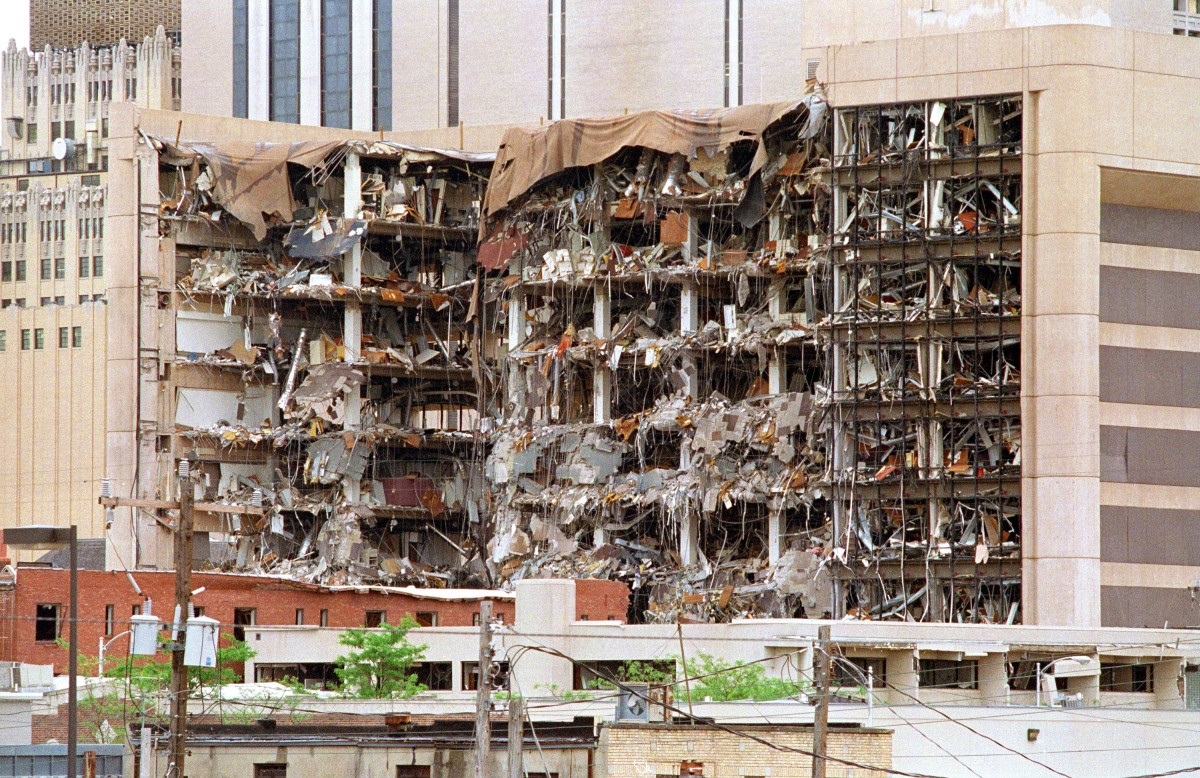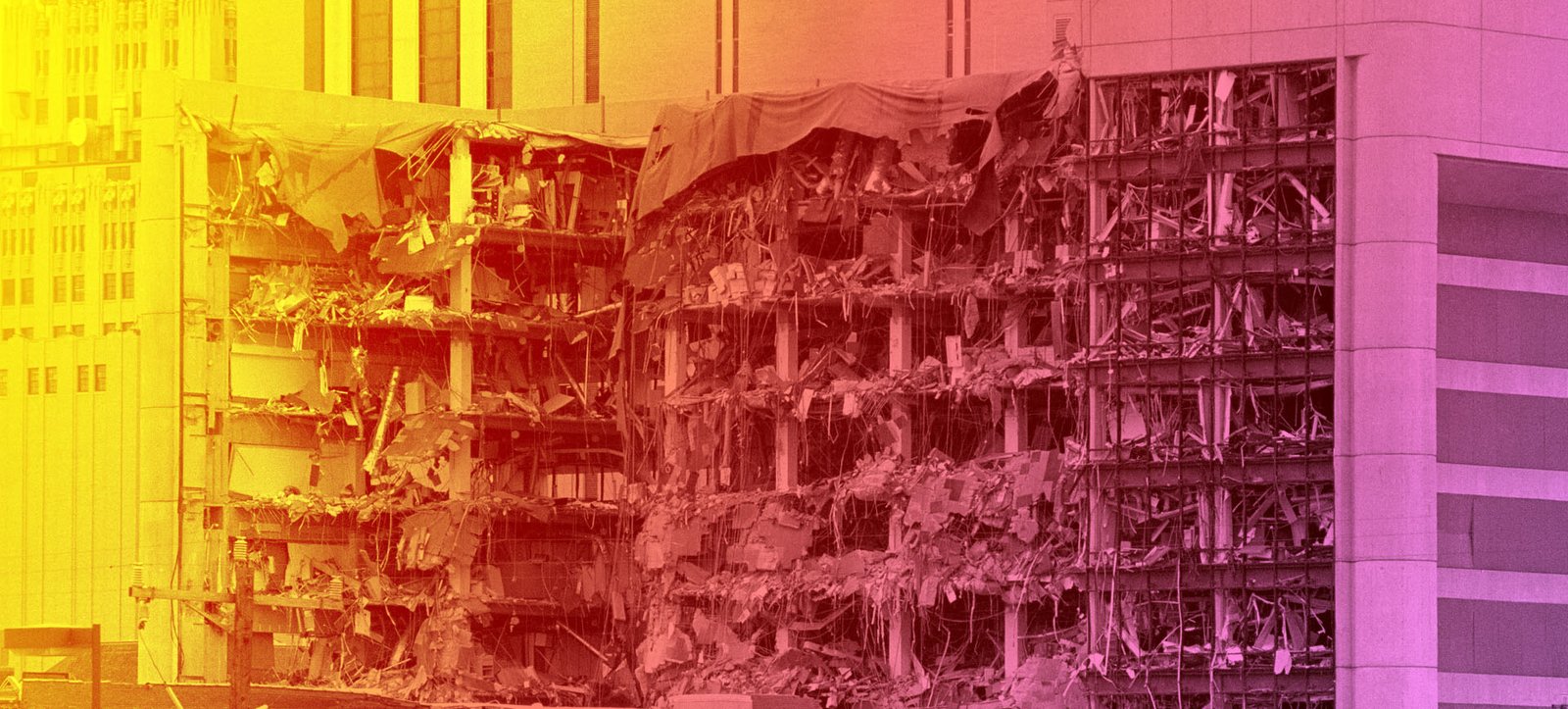The Oklahoma City bombing, which occurred on April 19, 1995, remains one of the most devastating acts of domestic terrorism in United States history. The attack claimed 168 lives, wounded over 600 people, and left a scar on the collective consciousness of the nation. However, from this tragedy emerged a profound legacy of change that reshaped policies, community resilience, and national discourse on terrorism. This article explores the multifaceted impact of the Oklahoma City bombing and how it catalyzed significant changes across various sectors.
The Attack: A Moment of Terror

On that fateful morning, Timothy McVeigh detonated a truck bomb outside the Alfred P. Murrah Federal Building in Oklahoma City. The explosion caused widespread destruction, leveling the building and shattering windows in a radius of several blocks. The attack was motivated by McVeigh’s anger towards the federal government, particularly in response to the Waco siege and the Ruby Ridge incident. The aftermath of the bombing left a deep emotional and physical imprint on the community and the nation.
The Human Cost: Lives Lost and Communities Shattered

The immediate human toll of the bombing was harrowing:
- 168 individuals lost their lives, including 19 children.
- More than 600 people were injured, many of whom faced lifelong disabilities.
- The families of victims were left grappling with grief and trauma, creating a ripple effect throughout the community.
The bombing not only shattered lives but also destabilized a sense of security, especially in public spaces. The emotional scars were felt not only in Oklahoma City but across the United States, as citizens grappled with the reality of domestic terrorism.
Immediate Response: Healing and Resilience
In the wake of the bombing, the city of Oklahoma City demonstrated remarkable resilience. The immediate response included:
- The establishment of the Oklahoma City National Memorial and Museum in 2000, which honors the victims and educates the public about the consequences of violence.
- The formation of community support networks for survivors and families of victims, ensuring they received the necessary psychological and financial support.
- National and local vigils that fostered a sense of unity and collective mourning.
This response illustrated the community’s commitment to healing and showcased the power of collective action in the face of tragedy.
Legislative Changes: From Tragedy to Transformation
The Oklahoma City bombing prompted significant legislative changes aimed at enhancing public safety and preventing future acts of terrorism. Notable changes included:
- Anti-Terrorism Act of 1996: This act expanded the federal government’s ability to combat terrorism, including provisions for tougher penalties for bombings and the enhancement of intelligence sharing among law enforcement agencies.
- Creation of the Federal Bureau of Investigation’s (FBI) Terrorist Screening Center: Established to consolidate information about known or suspected terrorists, enhancing national security efforts.
- Increased funding for local law enforcement: Local agencies received more resources to improve counter-terrorism capabilities, including training and equipment.
These legislative changes illustrated a shift in how the government approached terrorism, emphasizing prevention and preparedness over reaction.
Shaping National Discourse: The Conversation on Extremism
The bombing fundamentally altered the conversation surrounding extremism in the United States. It shed light on the dangers of domestic terrorism and the ideologies that fuel it. Key aspects of the evolving discourse included:
- Increased Awareness: The bombing raised awareness about the existence and threat of domestic terrorism, particularly from right-wing extremist groups.
- Educational Initiatives: Schools and community organizations began implementing programs focused on tolerance, diversity, and the dangers of radicalization.
- Media Responsibility: The bombing prompted discussions about the media’s role in covering extremist ideologies, with calls for responsible reporting to avoid sensationalism.
This shift in national discourse not only acknowledged the threat of domestic terrorism but also fostered a sense of responsibility among citizens to combat hate and intolerance.
The Role of Memorialization: Remembering and Educating

The establishment of the Oklahoma City National Memorial and Museum serves as a vital component of the legacy of the bombing. The memorial not only honors the victims but also plays a crucial role in education and awareness. Its significance includes:
- Commemoration: The memorial features a reflecting pool, an empty chair for each victim, and a gallery of stories that humanize the tragedy.
- Educational Programs: The museum offers educational programs and resources aimed at teaching future generations about the dangers of hate and violence.
- Annual Events: The memorial hosts annual remembrance ceremonies that bring together survivors, families, and the community, reinforcing the message of resilience.
Through these efforts, the memorial has become a symbol of hope and healing, emphasizing the importance of remembrance in preventing future tragedies.
Looking Ahead: Lessons Learned and Future Implications
The legacy of the Oklahoma City bombing serves as a cautionary tale and a source of inspiration for resilience and change. Some critical lessons learned include:
- The Importance of Community: The bombing demonstrated how communities can unite in the face of adversity, fostering a collective spirit of support and healing.
- Proactive Measures: Policies and legislation enacted following the bombing underscore the need for proactive measures in preventing terrorism.
- Education and Awareness: Continued emphasis on education about extremism and tolerance remains essential in combating hatred and violence.
As the nation reflects on the lessons of Oklahoma City, it is imperative to remain vigilant against extremism and to foster a culture of understanding and acceptance.
Conclusion: A Legacy of Change

The Oklahoma City bombing stands as a somber reminder of the fragility of life and the potential for violence in society. However, from this tragedy emerged a transformative legacy characterized by resilience, legislative change, and a renewed commitment to combating extremism. The bombing catalyzed a national conversation on domestic terrorism, leading to significant policy changes and a greater awareness of the dangers that lurk within society. As we remember the lives lost and the enduring impact of that day, it is crucial to carry forward the lessons learned, ensuring that such a tragedy never occurs again. The legacy of the Oklahoma City bombing is not only one of loss but also one of hope, inspiring future generations to strive for a more peaceful and understanding world.



